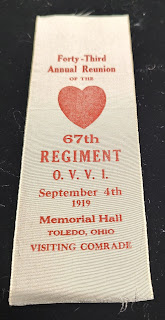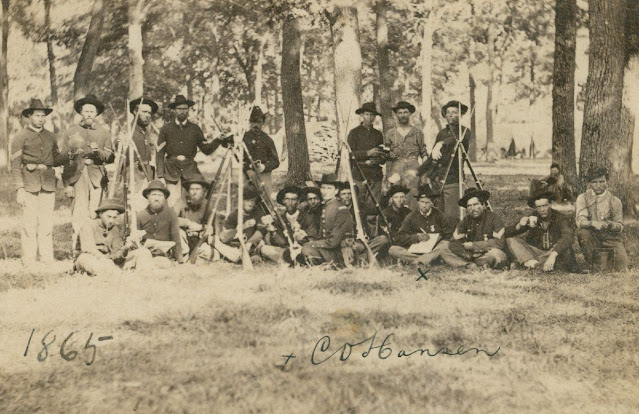Lost from the O.R. Part 3: Colonel William Sirwell’s report for the 78th Pennsylvania at Stones River

T he Official Records of the War of the Rebellion , the massive 128 volume postwar work issued by the War Department, serves as the cornerstone of our understanding of the military history of the Civil War. Within its thousands of pages reside after action reports, correspondence, court martial proceedings, charts, maps, a veritable mountain and gold mine of information that has delighted (and infuriated) historians since its publication in the 19th century. But even then, it was recognized that not every report made it into the O.R., some were, in a phrase, "lost to history." A superb attempt was made to address this deficiency during the 1980s and 1990s when Broadfoot Publishing printed 100 more volumes of material in the Supplement to the Official Records of the War of the Rebellion . Amazingly, even with 228 volumes of reports, once in a while something new is discovered that was missed. I'm proud to present one of those missing after action reports: Colonel William



